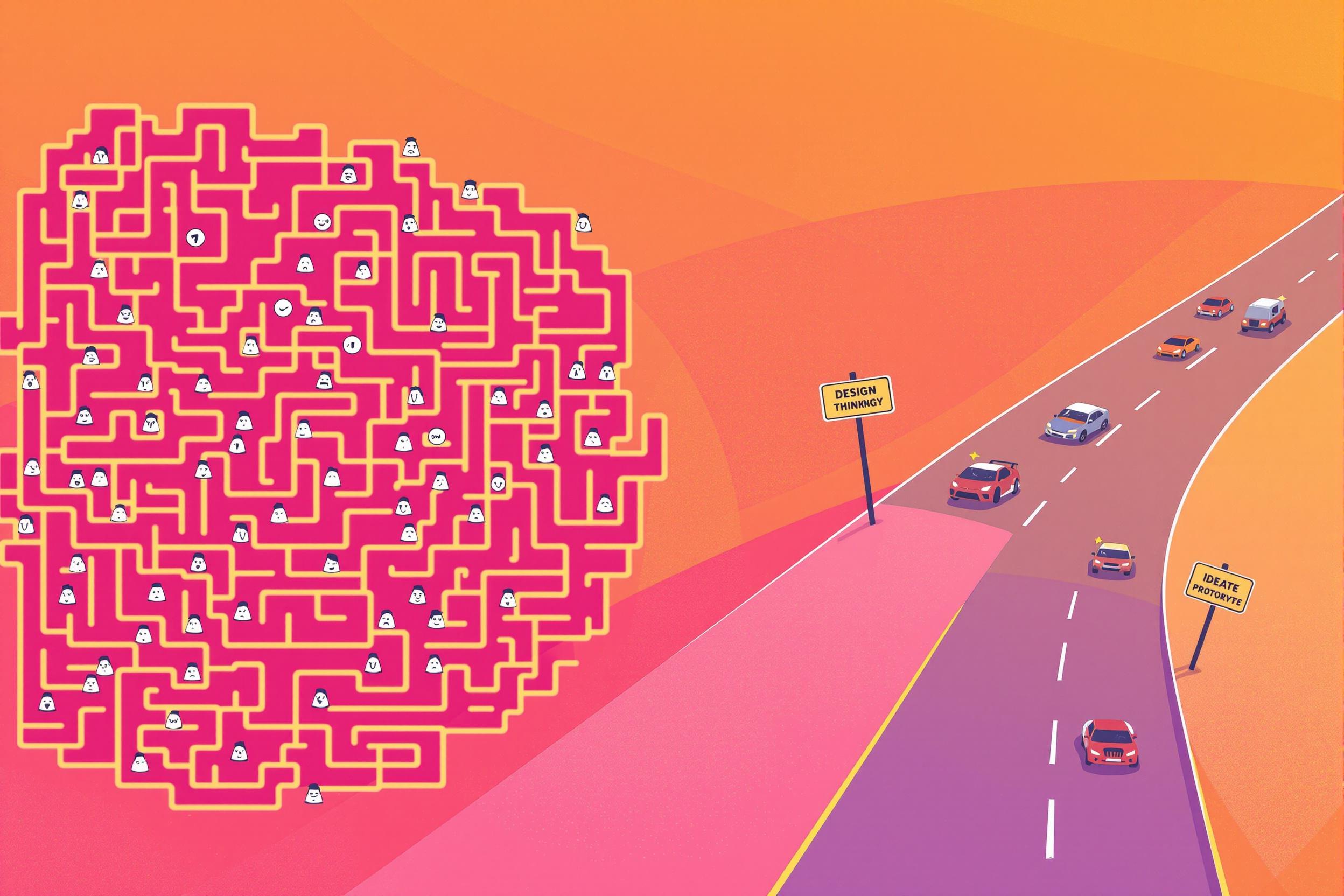
Layout Design
Layout Design is the art of arranging visual elements like text, images, and graphics on a page to create an appealing and organized look. In book illustration and publishing, it's about deciding where everything goes on each page to make the book both beautiful and easy to read. Think of it like arranging furniture in a room – everything needs to be placed thoughtfully to create the right flow and feel. Layout designers work with tools like Adobe InDesign to plan how text wraps around pictures, choose font sizes, and ensure consistency throughout the book. This skill is essential for creating everything from children's books to magazines and textbooks.
Examples in Resumes
Created engaging Layout Design for a series of children's educational books
Implemented Layout Designs for over 20 cookbooks, balancing recipes with food photography
Developed Page Layout solutions for award-winning picture books
Managed Book Layout projects from concept to final print
Typical job title: "Layout Designers"
Also try searching for:
Where to Find Layout Designers
Professional Organizations
Online Communities
Job Boards
Example Interview Questions
Senior Level Questions
Q: How do you manage a complex book project with multiple stakeholders?
Expected Answer: Should discuss experience coordinating with authors, editors, and publishers, managing timelines, handling revisions, and maintaining consistent design throughout large projects while meeting deadlines.
Q: Tell me about a challenging layout project and how you solved its design problems.
Expected Answer: Should demonstrate problem-solving abilities, like handling difficult content organization, balancing competing demands, and creating innovative solutions while maintaining readability and visual appeal.
Mid Level Questions
Q: How do you ensure consistency across a multi-page publication?
Expected Answer: Should explain use of style guides, master pages, templates, and how they maintain visual harmony while keeping track of design elements across different pages.
Q: What's your process for creating an effective layout that balances text and images?
Expected Answer: Should describe their workflow from initial concept to final design, including how they consider readability, visual hierarchy, and eye flow on the page.
Junior Level Questions
Q: What are the key elements you consider when starting a new layout?
Expected Answer: Should mention basics like margins, grid systems, typography choices, and how these elements work together to create readable and attractive pages.
Q: How do you handle feedback and revisions from clients?
Expected Answer: Should demonstrate understanding of the revision process, ability to accept constructive criticism, and how to implement changes efficiently.
Experience Level Indicators
Junior (0-2 years)
- Basic understanding of design software
- Typography fundamentals
- Simple grid layouts
- Following existing style guides
Mid (2-5 years)
- Complex multi-page layouts
- Style guide creation
- Print production knowledge
- Working with various content types
Senior (5+ years)
- Project management
- Advanced typography
- Team leadership
- Complex publication management
Red Flags to Watch For
- No portfolio or sample work to show
- Lack of knowledge about basic design principles
- No experience with professional design software
- Poor understanding of typography and readability
- Unable to explain their design decisions
Related Terms
Need more hiring wisdom? Check these out...

Why Your Hiring Process is a Maze (And How Design Thinking Can Turn It into a Superhighway)

Rewiring Your Interview Templates for Better Candidate Experience

Beyond Borders: Mastering the Art of a Global Onboarding Calendar

